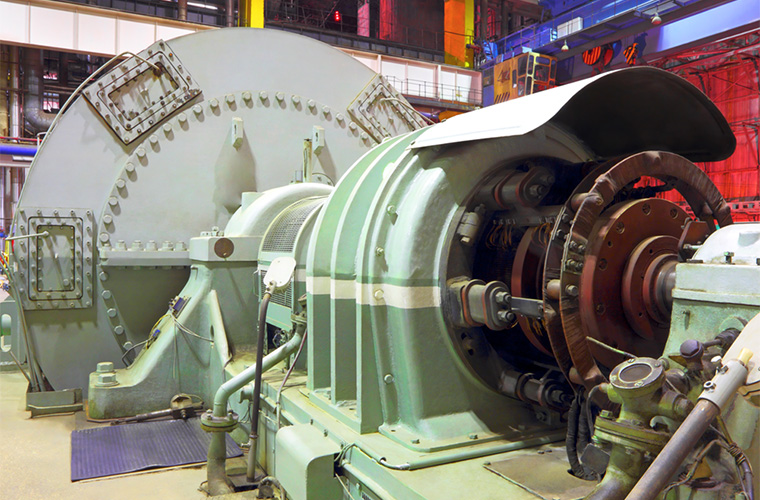Main Menu
- Home
- Product Finder
- Calibration Systems
- Calibration Services
- Digital Sensing
- Industrial Vibration Calibration
- Modal and Vibration Testing
- Non-Destructive Testing
- Sound & Vibration Rental Program
- Learn
- About Us
- Contact Us
 The basics of acceleration sensing for the plant floor come from the same measurement/laboratory grade instruments we have been using for years. However, the packaging of industrial accelerometers differs significantly from their laboratory style heritage. At the core of an industrial style accelerometer is still a piezoelectric crystal. Piezoelectric (PE) accelerometers have become the de facto standard for machinery and process vibration for a number of reasons.
The basics of acceleration sensing for the plant floor come from the same measurement/laboratory grade instruments we have been using for years. However, the packaging of industrial accelerometers differs significantly from their laboratory style heritage. At the core of an industrial style accelerometer is still a piezoelectric crystal. Piezoelectric (PE) accelerometers have become the de facto standard for machinery and process vibration for a number of reasons.
First and foremost, PE accelerometers operate from an inertial frame of reference. This allows the measurement to be accomplished with a single ended sensor mount rather than the more complex dual end mounts of most displacement or velocity methods. The other major benefit of PE accelerometers is that they are self generating and dynamically coupled, thus eliminating measurement snags such as bridge power, DC drift and thermal effects.
The biggest area of customization to industrial accelerometers is the packaging to withstand long term use in adverse machinery or process environments. This drives designs with ruggedized packaging and detailed quality testing to ensure long life on the plant floor. The most common change from the laboratory is eliminating the 10-32 threaded micro-dot style sensor signal connector in favor of a more rugged 2 pin mil spec connector, and sealed vulcanized connections for operation in fluid moist environments. This allows for a sturdier pin coupling as well as 3 conductors (2 pins plus shell) to carry the signal, return/shield and separate ground. In many industrial accelerometers there is a double case design that creates a Faraday shield to isolate the sensing element from EMI/field effects. The internal case is tied to the return/shield pin housed inside the cable ground. The accelerometers are also case isolated as a standard to completely isolate the sensor avoiding ground loops where the machinery ground may be operating at a potential well above 0 volts. Certifications and hazardous location approvals like UL, CSA, FM, Cenelec or ATEX can also be important requirements in the industrial environment.
While there are tight tolerance models available, the bulk of industrial accelerometers sold are low cost models for basic machinery vibration trending applications where a sensitivity tolerance 10 or 15% from a nominal value is more than acceptable and the “flat” frequency response is specified to ±3dB (rather than the traditional ± 5% of the laboratory world). Alert and alarm levels are orders of magnitude higher than the base vibration, it's easy to see why much of the industrial market is served by these specifications. As with any accelerometer, the specific application drives the need and choices… if you have questions, let us know.